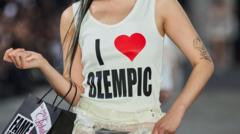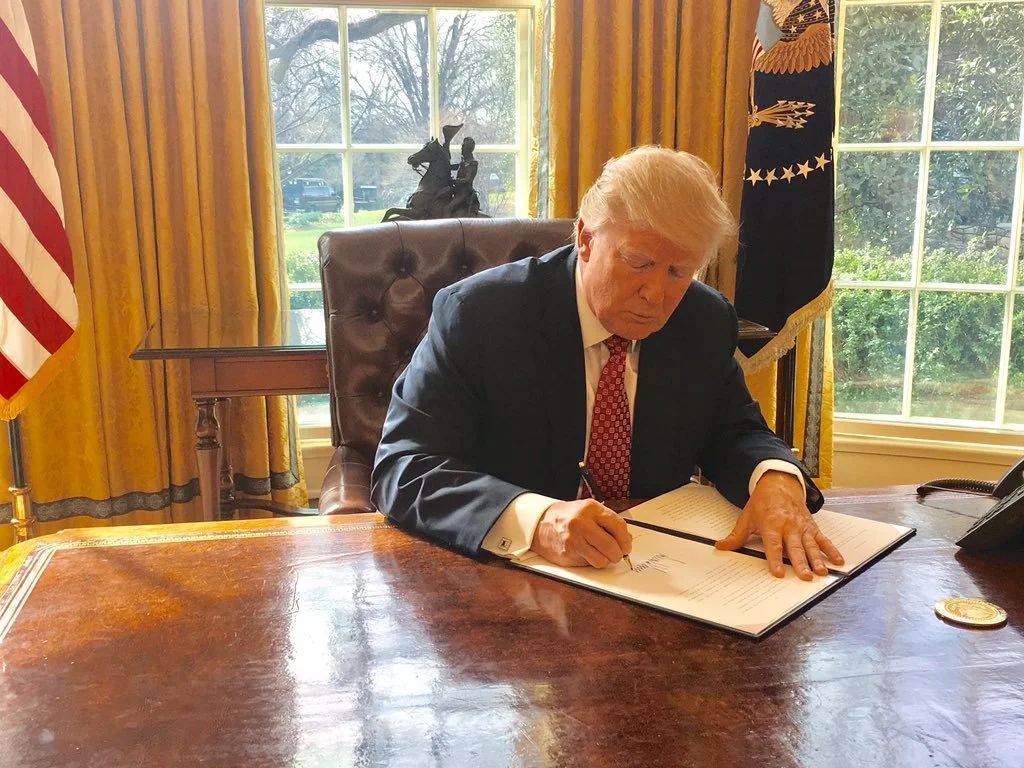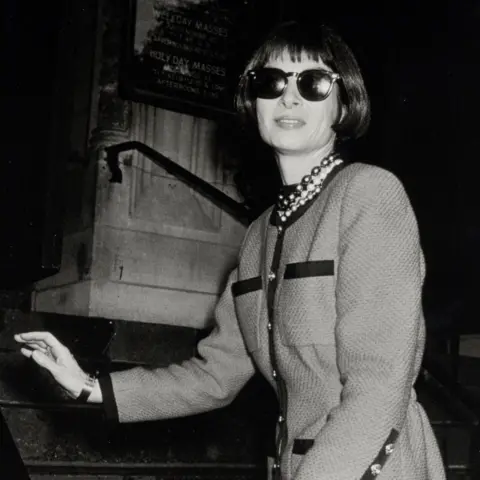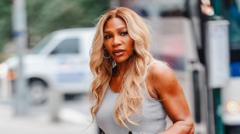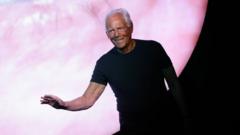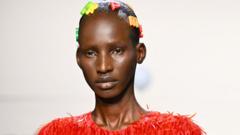The high fashion landscape, once embracing the body positivity movement, now seems to be reversing its course. Following a decade when diverse body types gained acceptance on runways, insiders are questioning whether the values of inclusivity are once again becoming mere trends, especially in light of the rise of weight-loss medications like Ozempic.
In the 2010s, the body positivity movement brought a refreshing change, celebrating curves and promoting acceptance of all body shapes. Models such as Ashley Graham broke barriers, gracing the covers of major fashion publications and showcasing a new narrative for beauty. The success of Rihanna's Savage x Fenty brand exemplified how demand for representation transformed the industry, leading to more diverse runway shows that featured body types beyond traditional standards.
But recently, that progress appears to be stalling. Reports indicate that as of Winter 2024, only 0.8 percent of the 8,800 looks featured on runways were modeled by plus-sized models, raising alarms about the shift in fashion ideology. With the popularity of drugs like Ozempic, which curbs appetite and has been associated with rapid celebrity weight loss, there's a growing sentiment that fashion is returning to its roots of favoring slender bodies.
Some industry figures, like model Moya, express concern over this abrupt shift in narrative. "The chase for what's considered 'in Vogue' has overshadowed the previous acceptance of all sizes," she stated. Others, like Jenny, admit that while the trend may boost job opportunities, it also imposes pressure to conform to unhealthy standards.
Even the directors of prestigious fashion magazines have voiced their discomfort with this turnaround. Chioma Nnadi of British Vogue remarked that the industry risks reverting to outdated aesthetics, thus threatening the inclusive environment that had begun to flourish.
Designers like Nan Li of Namilia stir conversation with provocative statements about Ozempic, sparking debates about the implications of endorsing weight-loss culture through fashion. Critics argue that the current runway situation perpetuates elitism, suggesting that brands are prioritizing a narrow definition of beauty, beholden to traditional norms rather than a broader celebration of individuality.
Despite the arduous journey of the body positivity movement, some designers refuse to abandon its principles. Charles Jeffrey, for one, believes in an ethical responsibility to reflect diversity in casting, as his brand draws inspiration from the vibrant queer nightlife community.
Nevertheless, many models share a grim outlook, feeling not just marginalized but utilized as tokens in campaigns that profit from tokenism rather than genuine inclusivity. Enrika, a plus-sized model, conveys her frustrations about feeling marginalized, pointing towards a troubling disconnect in how brands portray diversity without following through in practice.
Ultimately, consumers hold powerful sway over these industry practices. As Shaun Beyen emphasized, "Everything is consumer-driven." The landscape of fashion may seem cyclical, but activists remain hopeful that with time and shifts in consumer values, acceptance and diversity will reclaim their rightful place on the world stage.

